When we get overwhelmed, we get stressed, and when we’re stressed we become unmotivated. Our minds are powerful - just not always in the way we want!
To combat this cycle, break that big beast into micro goals with this framework:
Step #1: Where do I want to be in my job search 6 weeks from now?
Step #2: Fast forward 3 weeks. What would I need to have accomplished to be on track to achieve my 6-week goal??
Step #3: What do I need to do this week to put me on track for my 3-week goal?
Step #4: What’s one action I can do today to move me towards my 1-week goal?
Step #5: What will prevent me from getting step #3 done this week?
Achieving micro goals like this will keep you motivated, and propel you forward.
What if I’m having trouble achieving micro goals given competing life elements (COVID, kids, noisy house)?
Yep - even when we’ve got our to-do lists, giant cup of coffee, and 8 hours of sleep our day can still go sideways really quick.
The trick is to forgive the day and give yourself credit for what you were still able to get done (I bet it’s a lot whether it’s responding to emails, getting in that 15 minute run, or spending an extra 10 minutes with your kid). You’ll get another chance tomorrow!
If this is happening constantly, you can also plan for it and reset your expectations given what’s out of your control. Use this quick framework:
Step#1: Take 15-30 minutes to map out everything on your plate (it's worth it) Go through your list, highlight the ones you need to finish today. Create a clean to do list on a new piece of paper in order of what you'll get done. After this step, you should have a full view of everything you owe to someone else.
Step#2: Scan your calendar and gut check time. Is it realistic? Can you realistically get your to do list done in the space you have with some buffer time for unexpected things? If not, keep reading!
Step #3: Take 15 minutes to renegotiate - how can I make it all fit? Do I have too much to do today or too little time to do it that day? Can I take something off my calendar or make something on my calendar shorter (e.g., turn a meeting into an email)? Can I delegate tasks?
Step #4: At the end of each day, scan and reset expectations. Scan your to-do list. If you didn’t get something done that was promised (implicitly or explicitly), reset expectations with that person.
How do I find opportunities in a field I’m trying to pivot into, and therefore new to?
Finding passion in a new industry, field or role is exciting! To understand the opportunities, become an expert in this new area. Let’s say you’re looking to make a transition from the financial services industry to a fin-tech startup. Here is an example for what becoming an expert looks like:
Step #1: What do I already know about the industry? List all of the existing data points you know about the industry you want to enter into:
Step #2: What don’t I know about the industry that I want to know?
What does a typical startup org chart look like?
How do my current skills translate to to jobs in fin-tech companies
How does recruiting/hiring work?
Step #3: How can I answer these questions? I could…
Step #4: Who do I already know that could help me?
Step #5: How and when will I contact Alex?
How do I know if the goals I’ve set are big enough, yet achievable?
To understand the usefulness of your goals, you first need to know what overall direction you want to head towards. We refer to this as our ⭐️ north star ⭐️. To really understand your vision, ask yourself, where do I see myself when I’m 80 years old?
First, picture it: Where am I living? Who am I with?
Second, what’s got me smiling? What am I proud of? What stories do I have on repeat?
Now, back to today and moving towards that vision of your future self. Let’s start with a short term vision, and figure out if it’s achievable:
Step #1: What do I want to be doing 6 months from now? What’s my ideal world?
Step #2: What do I need to have accomplished in 3 months to be on track to achieve my 6-month goal?
Step #3: Specifically, what do I need to accomplish over the next 6 weeks to help ensure I make my 3-month goal?
Step #4: How and when will I do the tasks required for my 6-week goal?
Step #5: If you cannot answer #4, then you need to renegotiate your 6-week goal to ensure it is achievable.











